We put the Google Pixel Fold through our rigorous DXOMARK Audio test suite to measure its performance both at recording sound using its built-in microphones, and at playing audio back through its speakers.
In this review, we will break down how it fared in a variety of tests and several common use cases.
Overview
Key audio specifications include:
- Two speakers (Top left, bottom right)
- No Jack audio output
Scoring
Sub-scores and attributes included in the calculations of the global score.
Google Pixel Fold


 54th
54th 36th
36thPlayback
Pros
- Good dynamics performance at nominal and soft volume
- Good tonal balance, nice upper midrange and clarity
- Good spatial performance, good localizability
Cons
- Significant lack of low-end extension
- Spatial performance could have been better considering type/dimensions of device, especially in terms of wideness
- Strong compression and significant distortion at maximum volume
- Stalling upper volume steps
Recording
Pros
- Very good resilience to wind with the main and selfie cameras, even in strong winds
- Microphones not prone to occlusions and finger noises, artifacts generally well under control
- In general good signal-to-noise ratio and accurate envelope, except with recorder app
- Good timbre capabilities, but not consistent between use cases
Cons
- Slightly underwhelming audio zoom, side-rejection barely noticeable
- Very sensitive to wind with memo app
- Major issues when recording at high sound pressure levels
The Google Pixel Fold delivered a very good performance in the DXOMARK Audio tests. With a playback score of 135, it is the best foldable device we have tested to date for audio playback, thanks to a pleasant sound signature of the built-in speakers. It performed best when playing back music but also did well with movie content and when gaming.
In recording, the Pixel Fold was best for recording with the front camera. Performance dropped slightly when unfolding the device and recording with the main camera, and even more so when using the recorder app, which only allows for monophonic recording. Across all recording apps, the microphones were mostly unaffected by wind noise or handling of the device, but lack of consistency between use cases prevented a better recording score.
Our testers were also slightly unimpressed by the spatial performance in both playback and recording. However, with the Pixel Fold’s large dimensions in its unfolded state, it should have been capable of attaining a wider stereo rendition. Instead, it joined the list of foldable devices that cannot convert its form factor into an advantage in terms of Audio performance.
Test summary
About DXOMARK Audio tests: For scoring and analysis in our smartphone audio reviews, DXOMARK engineers perform a variety of objective tests and undertake more than 20 hours of perceptual evaluation under controlled lab conditions.
(For more details about our Playback protocol, click here; for more details about our Recording protocol, click here.)
The following section gathers key elements of our exhaustive tests and analyses performed in DXOMARK laboratories. Detailed performance evaluations under the form of reports are available upon request. Do not hesitate to contact us.
Playback
Google Pixel Fold
163
DXOMARK engineers test playback through the smartphone speakers, whose performance is evaluated in our labs and in real-life conditions, using default apps and settings.
In playback, the Pixel Fold offered an overall nice tonal balance that was mainly focused on the upper midrange and lower treble. This resulted in good clarity of most musical content but a lack of high-end extension was noticeable on instruments like cymbals. Bass was decent, thanks to good upper bass. Low-end extension was quite poor, though. Dynamic performance was good, with sharp and precise attack and decent bass precision. Punch was good as well, but could have done with a touch more low mid energy.
The Google device also delivered decent wideness, but the audio scene did not extend beyond the device’s physical shape, and given the large (unfolded) dimensions of the phone, our testers expected something better. Balance was good but slightly offset towards the top. Individual sound sources were easy to pinpoint in the audio scene, and both distance and depth rendering were accurate. Our experts found the minimum volume step too quiet, making it hard to hear soft passages in highly dynamic content, such as classical music. Max volume was loud enough, though, and while volume consistency was good, our testers found the upper steps to be stalling. In terms of unwanted audio artifacts, our team noticed significant compression at maximum volume and strong aliasing.
Listen to the tested smartphone’s playback performance in this comparison with some of its competitors:

Timbre
Google Pixel Fold
158
The Timbre score represents how well a phone reproduces sound across the audible tonal range and takes into account bass, midrange, treble, tonal balance, and volume dependency. It is the most important attribute for playback.

Dynamics
Google Pixel Fold
149
The Dynamics score measures the accuracy of changes in the energy level of sound sources, for example how precisely a bass note is reproduced or the impact sound from drums.



Spatial
Google Pixel Fold
162
The sub-attributes for spatial tests include pinpointing a specific sound's location, its positional balance, distance, and wideness.
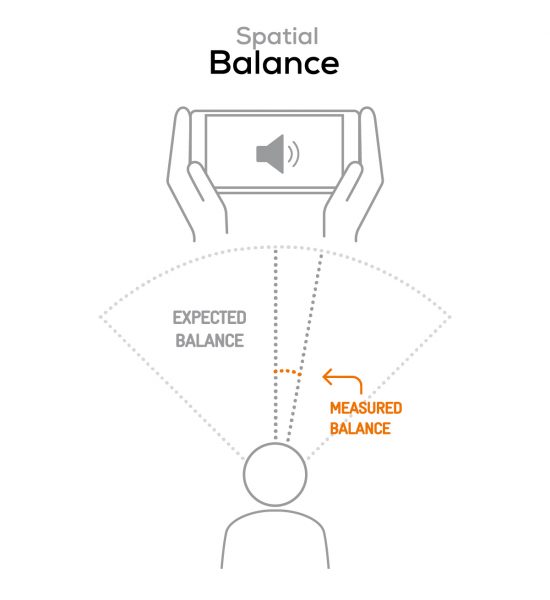
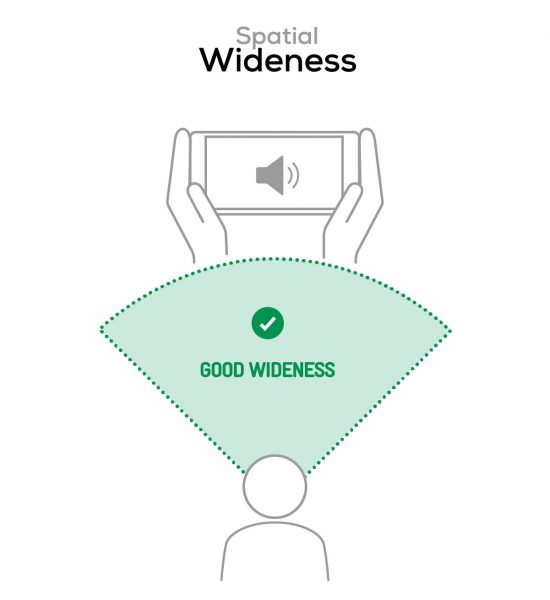

Volume
Google Pixel Fold
162
The Volume score represents the overall loudness of a smartphone and how smoothly volume increases and decreases based on user input.
| Hip-Hop | Classical | |
| Google Pixel Fold | 71 dBA | 70.1 dBA |
| Samsung Galaxy Z Fold4 | 71.1 dBA | 67.3 dBA |
| Oppo Find N2 | 70.8 dBA | 67.2 dBA |

Artifacts
Google Pixel Fold
157
The Artifacts score measures the extent to which the sound is affected by various types of distortion. The higher the score, the less the disturbances in the sound are noticeable. Distortion can occur because of sound processing in the device and because of the quality of the speakers.
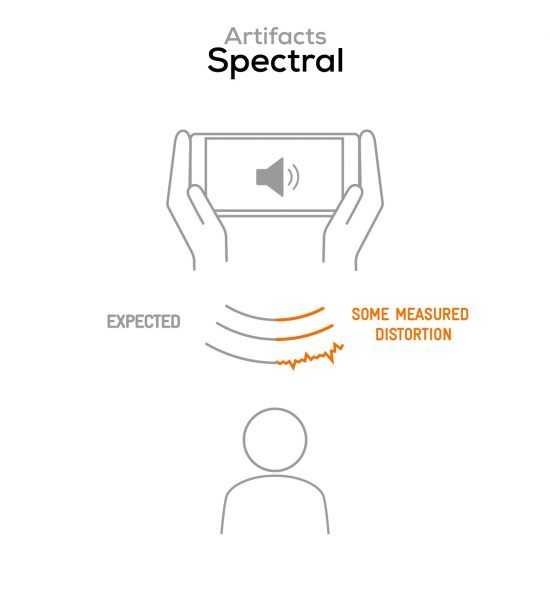

It represents the distortion and noise of the device playing our test signal (0 dB Fs, Sweep Sine in an anechoic box at 40 cm) at the device's maximum volume.
Recording
Google Pixel Fold
160
DXOMARK engineers test recording by evaluating the recorded files on reference audio equipment. Those recordings are done in our labs and in real-life conditions, using default apps and settings.
In recording, the Pixel Fold featured a nice timbre, especially when recording with the selfie camera. However, it lacked some brilliance with the main camera, and our testers also noticed dull treble when recording loud events, such as concerts. Bass was insufficient with the main camera as well. Like timbre, dynamics performance was slightly use case dependent. Results were best when recording with the selfie camera in the device’s folded state, with an accurate envelope, sharp attack and excellent signal-to-noise. Dynamics results somewhat dropped when recording with the main camera and the device unfolded, and even more so with the memo app.
In terms of spatial, the Google offered good localizability and distance rendition with most apps, except the recorder app, which does not allow for stereo recording. Recording loudness was overall decent but could have been better across all use cases. In most recording conditions, the Google was pretty much free of unwanted audio artifacts. However, when recording at concerts or other events with high sound pressure levels, our testers noticed distortion, pretty strong compression and slight pumping. Background rendition was natural and artifacts-free across all use cases, but lacked bass and depth most of the time.
Here is how the Google Pixel Fold performs in recording use cases compared to its competitors:

Timbre
Google Pixel Fold
147
The Timbre score represents how well a phone captures sounds across the audible tonal range and takes into account bass, midrange, treble, and tonal balance. It is the most important attribute for recording.

Dynamics
Google Pixel Fold
146
The Dynamics score measures the accuracy of changes in the energy level of sound sources, for example how precisely a voice's plosives (the p's, t's and k's, for example) are reproduced. The score also considers the Signal-to-Noise Ratio (SNR), for example how loud the main voice is compared to the background noise.

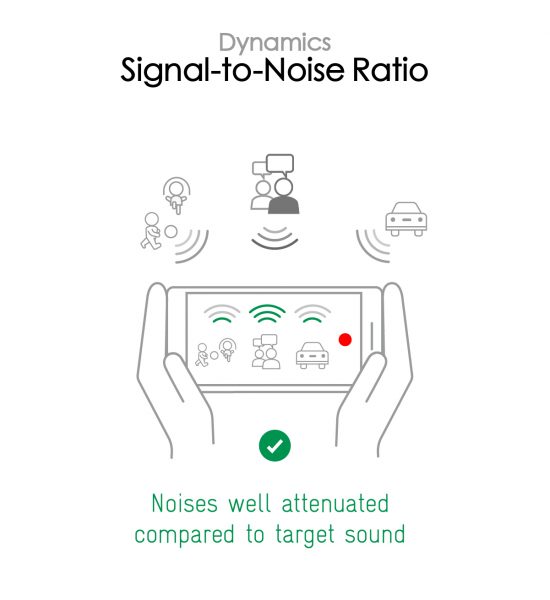

Spatial
Google Pixel Fold
159
The sub-attributes for spatial tests include pinpointing a specific sound's location, its positional balance, distance, and wideness on the recorded audio files.
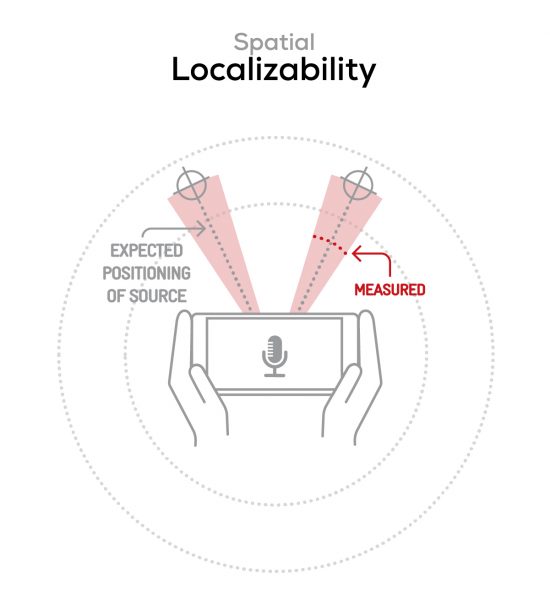
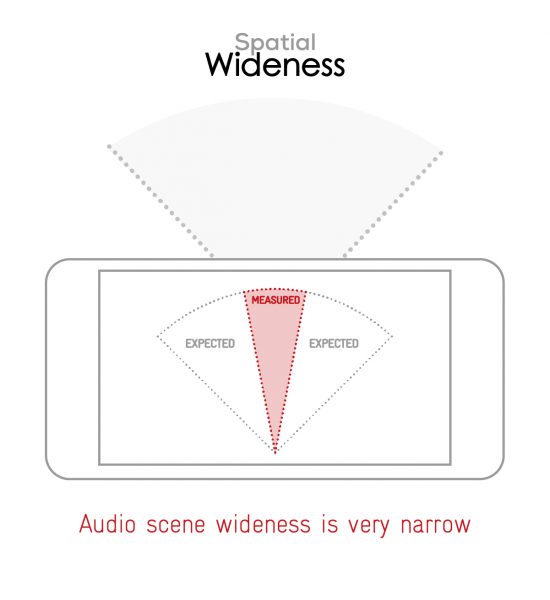

Volume
Google Pixel Fold
170
The Volume score represents how loud audio is normalized on the recorded files and the how the device handles loud environments, such as electronic concerts, when recording.
| Meeting | Life Video | Selfie Video | Memo | |
| Google Pixel Fold | -27.8 LUFS | -20.5 LUFS | -18.7 LUFS | -22 LUFS |
| Samsung Galaxy Z Fold4 | -25.8 LUFS | -21.6 LUFS | -22.7 LUFS | -21 LUFS |
| Oppo Find N2 | -25 LUFS | -21.3 LUFS | -19.1 LUFS | -18.3 LUFS |

Artifacts
Google Pixel Fold
145
The Artifacts score measures the extent to which the recorded sounds are affected by various types of distortions. The higher the score, the less the disturbances in the sound are noticeable. Distortions can occur because of sound processing in the device and the quality of the microphones, as well as user handling, such as how the phone is held.
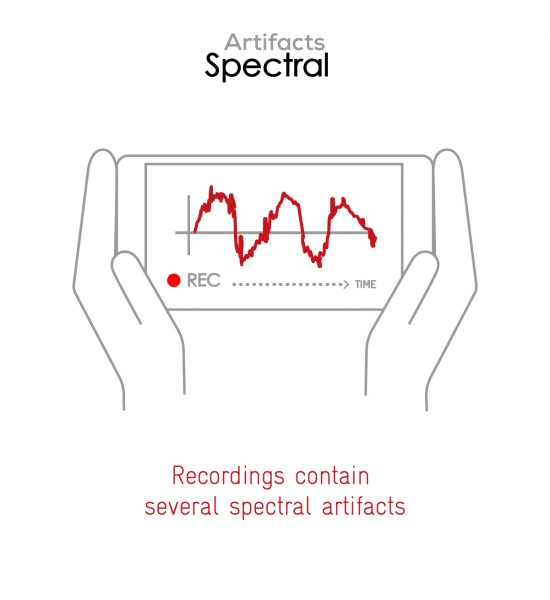

In this audio comparison, you can listen to the way this smartphone handles wind noise relative to its competitors:

Background
Google Pixel Fold
166
Background evaluates how natural the various sounds around a voice blend into the video recording file. For example, when recording a speech at an event, the background should not interfere with the main voice, yet it should provide some context of the surroundings.
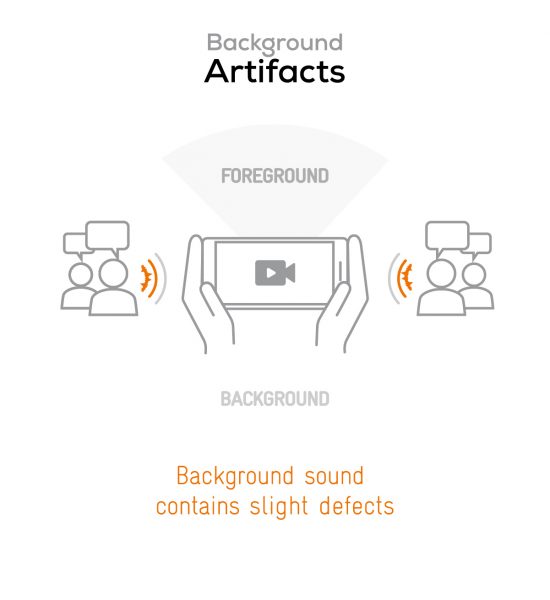
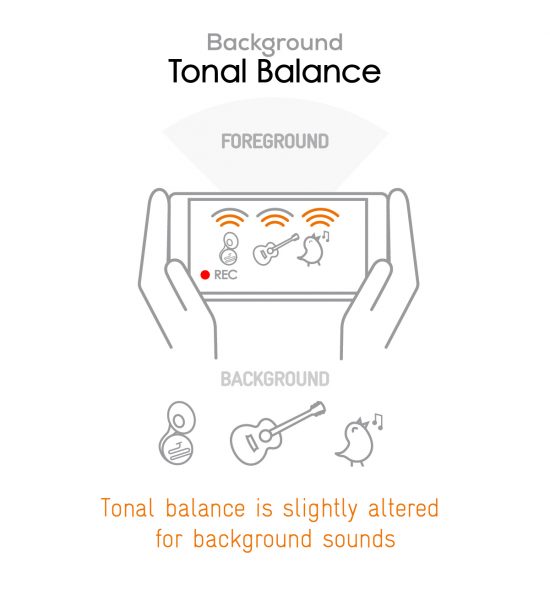


DXOMARK encourages its readers to share comments on the articles. To read or post comments, Disqus cookies are required. Change your Cookies Preferences and read more about our Comment Policy.